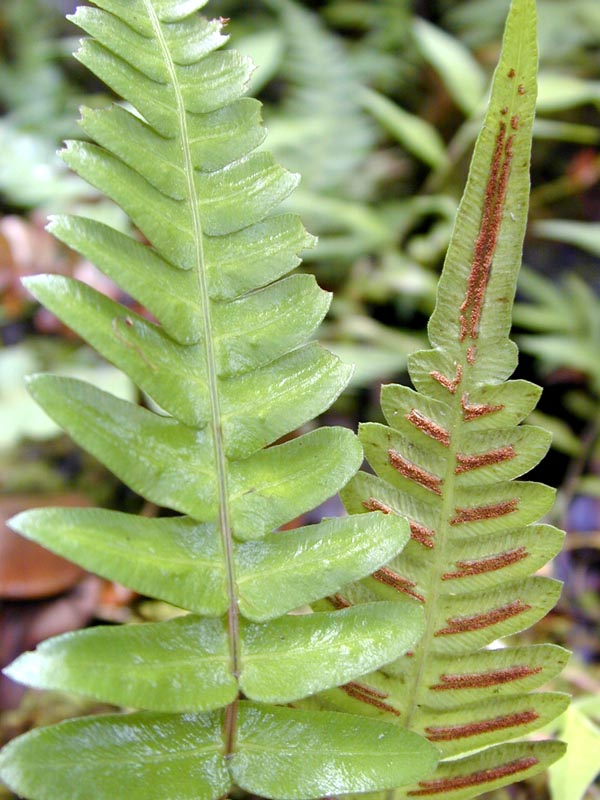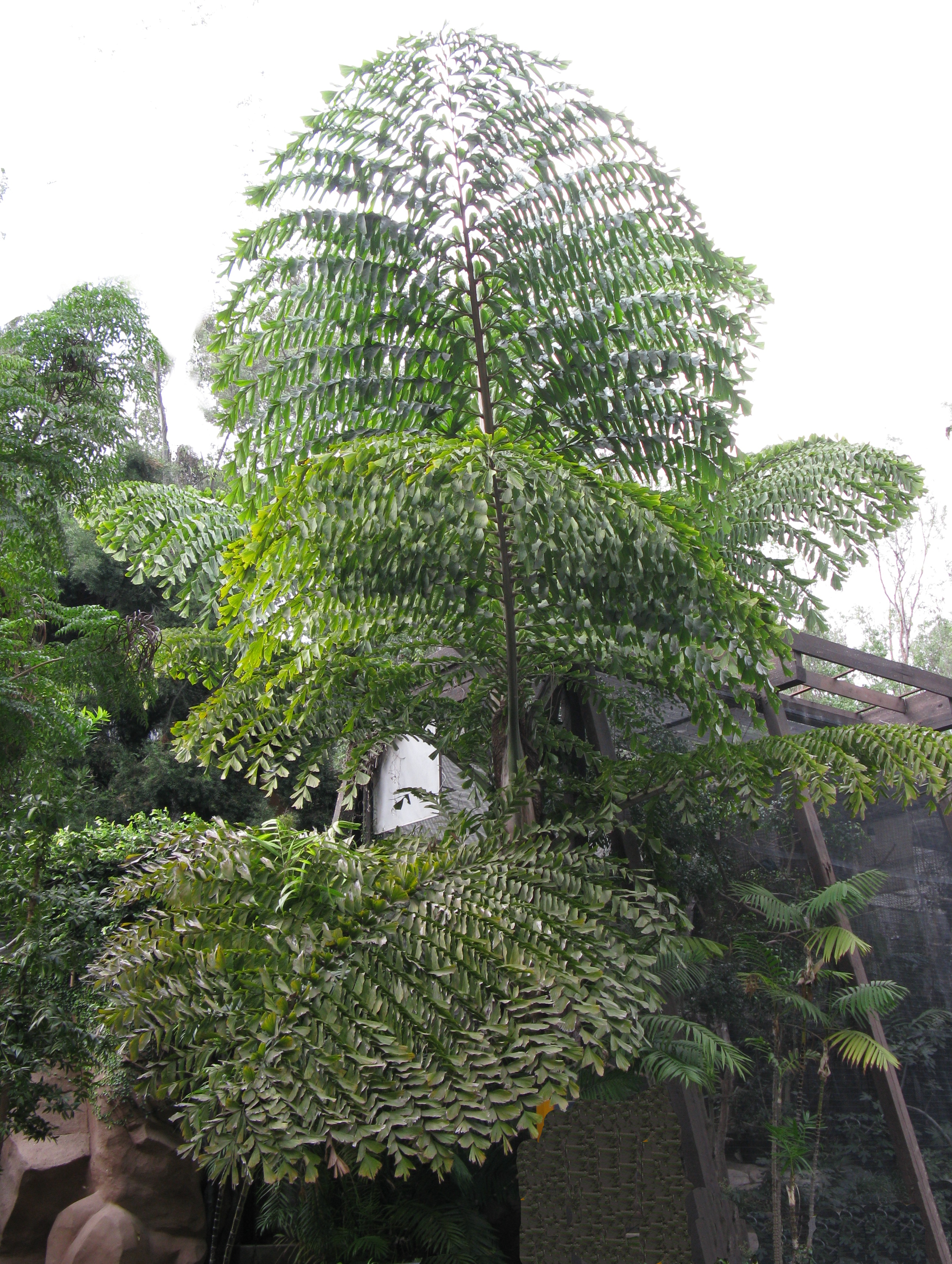Pinnately on:
[Wikipedia]
[Google]
[Amazon]
 Pinnation (also called pennation) is the arrangement of feather-like or multi-divided features arising from both sides of a common axis. Pinnation occurs in biological morphology, in
Pinnation (also called pennation) is the arrangement of feather-like or multi-divided features arising from both sides of a common axis. Pinnation occurs in biological morphology, in
Leaf morphology division pinnately-lobed.png,
Leaf morphology division pinnately-cleft.png,
Leaf morphology division pinnately-parted.png,
Leaf morphology division pinnately-divided.png,
Leaf morphology pinnatisect.png,
Leaf morphology even pinnate.png,
Leaf morphology odd pinnate.png,
Leaf morphology alternipinnada.png,
 * bipinnate: pinnately compound leaves in which the leaflets are themselves pinnately compound; also called "twice-pinnate".
* tripinnate: pinnately compound leaves in which the leaflets are themselves bipinnate; also called "thrice-pinnate".
* tetrapinnate: pinnately compound leaves in which the leaflets are themselves tripinnate.
* unipinnate: solitary compound leaf with a row of leaflets arranged along each side of a common
* bipinnate: pinnately compound leaves in which the leaflets are themselves pinnately compound; also called "twice-pinnate".
* tripinnate: pinnately compound leaves in which the leaflets are themselves bipinnate; also called "thrice-pinnate".
* tetrapinnate: pinnately compound leaves in which the leaflets are themselves tripinnate.
* unipinnate: solitary compound leaf with a row of leaflets arranged along each side of a common
Leaf morphology bipinnate.png,
Leaf morphology type geminate-pinnate.png,
Leaf morphology tripinnate.png,
The term ''pinnula'' (plural: ''pinnulae'') is the Latin diminutive of ''pinna'' (plural: ''pinnae''); either as such or in the Anglicised form: ''pinnule'', it is differently defined by various authorities. Some apply it to the leaflets of a pinna, especially the leaflets of bipinnate or tripinnate leaves.Chittenden, Fred J. Ed., Royal Horticultural Society Dictionary of Gardening, Oxford 1951 Others also or alternatively apply it to second or third order divisions of a bipinnate or tripinnate leaf.Shastri, Varun. Dictionary of Botany. Publisher: Isha Books 2005.
It is the ultimate free division (or leaflet) of a compound leaf, or a pinnate subdivision of a multipinnate leaf.
 Pinnation (also called pennation) is the arrangement of feather-like or multi-divided features arising from both sides of a common axis. Pinnation occurs in biological morphology, in
Pinnation (also called pennation) is the arrangement of feather-like or multi-divided features arising from both sides of a common axis. Pinnation occurs in biological morphology, in crystals
A crystal or crystalline solid is a solid material whose constituents (such as atoms, molecules, or ions) are arranged in a highly ordered microscopic structure, forming a crystal lattice that extends in all directions. In addition, macros ...
, such as some forms of ice
Ice is water frozen into a solid state, typically forming at or below temperatures of 0 degrees Celsius or Depending on the presence of impurities such as particles of soil or bubbles of air, it can appear transparent or a more or less opaq ...
or metal crystals, and in patterns of erosion
Erosion is the action of surface processes (such as water flow or wind) that removes soil, rock, or dissolved material from one location on the Earth's crust, and then transports it to another location where it is deposited. Erosion is di ...
or stream beds.
The term derives from the Latin word ''pinna'' meaning "feather", "wing
A wing is a type of fin that produces lift while moving through air or some other fluid. Accordingly, wings have streamlined cross-sections that are subject to aerodynamic forces and act as airfoils. A wing's aerodynamic efficiency is exp ...
", or " fin". A similar concept is "pectination," which is a comb
A comb is a tool consisting of a shaft that holds a row of teeth for pulling through the hair to clean, untangle, or style it. Combs have been used since Prehistory, prehistoric times, having been discovered in very refined forms from settlemen ...
-like arrangement of parts (arising from one side of an axis only). Pinnation is commonly referred to in contrast to "palmation," in which the parts or structures radiate out from a common point. The terms "pinnation" and "pennation" are cognate
In historical linguistics, cognates or lexical cognates are sets of words in different languages that have been inherited in direct descent from an etymological ancestor in a common parent language. Because language change can have radical e ...
, and although they are sometimes used distinctly, there is no consistent difference in the meaning or usage of the two words.Jackson, Benjamin, Daydon; A Glossary of Botanic Terms with their Derivation and Accent; Published by Gerald Duckworth & Co. London, 4th ed 1928
Plants
Botanically, pinnation is an arrangement of discrete structures (such as leaflets,veins
Veins are blood vessels in humans and most other animals that carry blood towards the heart. Most veins carry deoxygenated blood from the tissues back to the heart; exceptions are the pulmonary and umbilical veins, both of which carry oxygenated ...
, lobes
Lobe may refer to:
People with the name
* Lobe (surname)
Science and healthcare
* Lobe (anatomy)
* Lobe, a large-scale structure of a radio galaxy
* Glacial lobe, a lobe-shaped glacier
* Lobation, a characteristic of the nucleus of certain ...
, branches, or appendages) arising at multiple points along a common axis. For example, once-divided leaf blades having leaflets arranged on both sides of a rachis
In biology, a rachis (from the grc, ῥάχις [], "backbone, spine") is a main axis or "shaft".
In zoology and microbiology
In vertebrates, ''rachis'' can refer to the series of articulated vertebrae, which encase the spinal cord. In this c ...
are pinnately compound leaves. Many palms (notably the feather palms) and most cycad
Cycads are seed plants that typically have a stout and woody (ligneous) trunk with a crown of large, hard, stiff, evergreen and (usually) pinnate leaves. The species are dioecious, that is, individual plants of a species are either male or f ...
s and grevillea
''Grevillea'', commonly known as spider flowers, is a genus of about 360 species of evergreen flowering plants in the family Proteaceae. Plants in the genus ''Grevillea'' are shrubs, rarely trees, with the leaves arranged alternately along the ...
s have pinnately divided leaves. Most species of fern
A fern (Polypodiopsida or Polypodiophyta ) is a member of a group of vascular plants (plants with xylem and phloem) that reproduce via spores and have neither seeds nor flowers. The polypodiophytes include all living pteridophytes except ...
s have pinnate or more highly divided frond
A frond is a large, divided leaf. In both common usage and botanical nomenclature, the leaves of ferns are referred to as fronds and some botanists restrict the term to this group. Other botanists allow the term frond to also apply to the lar ...
s, and in ferns, the leaflets or segments are typically referred to as "pinnae" (singular "pinna"). Plants with pinnate leaves are sometimes colloquially called "feather-leaved". Most of the following definitions are from Jackson's ''Glossary of Botanical Terms'':
Depth of divisions
* pinnatifid and pinnatipartite: leaves with pinnate lobes that are not discrete, remaining sufficiently connected to each other that they are not separate leaflets. * pinnatisect: cut all the way to the midrib or other axis, but with the bases of the pinnae not contracted to form discrete leaflets. * pinnate-pinnatifid: pinnate, with the pinnae being pinnatifid.Number of divisions
* paripinnate: pinnately compound leaves in which leaflets are borne in pairs along the rachis without a single terminal leaflet; also called "even-pinnate". * imparipinnate: pinnately compound leaves in which there is a lone terminal leaflet rather than a terminal pair of leaflets; also called "odd-pinnate".Iteration of divisions
rachis
In biology, a rachis (from the grc, ῥάχις [], "backbone, spine") is a main axis or "shaft".
In zoology and microbiology
In vertebrates, ''rachis'' can refer to the series of articulated vertebrae, which encase the spinal cord. In this c ...
.
Animals
In animals, pinnation occurs in various organisms and structures, including: *Some muscles can be unipinnate orbipinnate muscles
Anatomical terminology is used to uniquely describe aspects of skeletal muscle, cardiac muscle, and smooth muscle such as their actions, structure, size, and location.
Types
There are three types of muscle tissue in the body: skeletal, smooth, ...
*The fish ''Platax pinnatus
''Platax pinnatus'', also known as the pinnate spadefish, pinnate batfish, pinnatus batfish, dusky batfish, shaded batfish, or red-faced batfish is a fish from the western Pacific
The Pacific Ocean is the largest and deepest of Earth' ...
'' is known as the pinnate spadefish or pinnate batfish.
Geomorphology
Pinnation occurs in certain waterway systems in which all major tributary streams enter the main channels by flowing in one direction at an oblique angle.References
{{Reflist, 3 Plant morphology Leaves sv:Parflikig